Economic development leaders in many metro areas are highly attuned to the benefits of foreign direct investment. But even the most sophisticated regions, which regularly pursue highly-competitive efforts to attract new foreign-owned operations, overlook the dominant form of FDI: mergers and acquisitions (M&A).
Plugging in to M&A is more complicated and labor intensive than traditional economic development approaches and offers fewer headline-grabbing victories. But metro areas can’t afford to ignore it. It is the dominant form of FDI, accounting for 87 percent of foreign capital inflows into the United States from 1992 to 2008. Just as importantly, as we’ve written previously, it can transform mid-sized firms by providing the cash, expertise, relationships, and technology required to compete in global capital-intensive industries. And though M&A does present risks of closure or downsizing, metro leaders with a commitment to understanding and responding to M&A can mitigate potential downsides.
While the scale and impact of M&A is undeniable, it isn’t immediately obvious what role regional economic development leaders and organizations should play. Most economic development organizations (EDOs) view M&A as being politically risky, highly confidential, entirely driven by private sector actors, and not part of their core business attraction mission. However, while no best practices yet exist, a select group of metro areas that have launched strategies to bolster and capitalize on FDI are realizing that even without being directly involved in M&A transactions, there are numerous ways in which they can influence local outcomes.
The first is recognizing that M&A is a pervasive market reality. Many U.S. firms, at some point in their life cycle, want to be bought. A 2014 survey revealed that 36 percent of mid-sized firms were either in the process of being acquired, or open to the possibility in the next year. Likewise, many foreign investors rely exclusively on M&A to enter the U.S. market. In response, Columbus 2020, the region’s EDO, has started to bring lists of potential local acquisitions on its international business trips. By appealing to investors’ interests and demonstrating knowledge of their own market, this practice has opened doors to more productive conversations about both M&A and new investment opportunities. To build these lists, EDOs need to invest in market research and establish relationships with lawyers and bankers who are closely connected to the market.
Second, and perhaps most important, is re-orienting business retention and expansion programs to welcome new foreign owners and address the needs of acquired firms. While becoming part of a larger more sophisticated multinational is often hugely beneficial, it also presents new threats in that the local operation must compete for the funding and attention of the parent among many other current and future global sites. Economic development leaders in Minneapolis-St Paul proposed the creation of “rapid response” teams of state and regional EDOs and service providers to immediately engage with the leaders of acquired local operations, with the goal of helping them demonstrate the value of the region to the foreign parent and attract further investment.
More broadly, metro areas can draw M&A investment by bolstering industry specializations. While FDI in general is drawn to economic clusters of similarly oriented firms, this seems to be the case with M&A in particular, as multinationals seek to establish a beachhead in the U.S. by buying a firm within a regional cluster that already possesses an existing U.S. client base, a skilled workforce, technology, supplier connections, and export relationships. Interviews with foreign-owned enterprises suggest that these cluster-oriented investments, which are motivated by the presence of specific local assets, are less likely to result in downsizing or closure.
Last, there are limited circumstances in which EDOs can play a more direct role in brokering deals. In the biotech and pharmaceutical industries, for instance, M&A is an especially pervasive force. Accordingly, through a variety of capital development efforts, San Diego’s Biocom works to match local firms with large pharmaceutical companies, including foreign firms.
Economic development leaders have traditionally viewed M&A as a threat. Now, more metro areas are realizing that a comprehensive FDI strategy requires a more sophisticated understanding of M&A, as well as an array of tactics to address the needs of firms both before and after M&A events.
The Brookings Institution is committed to quality, independence, and impact.
We are supported by a diverse array of funders. In line with our values and policies, each Brookings publication represents the sole views of its author(s).
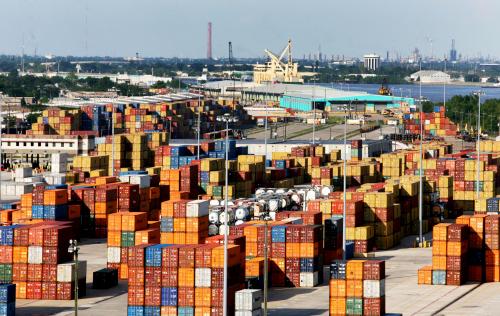
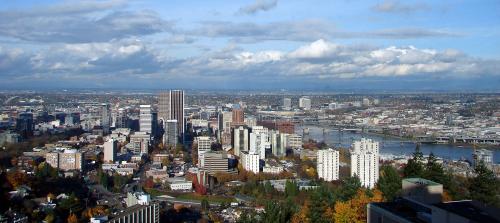
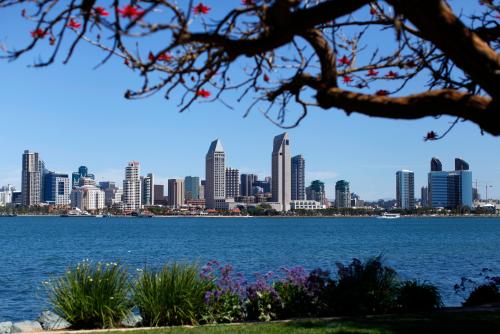

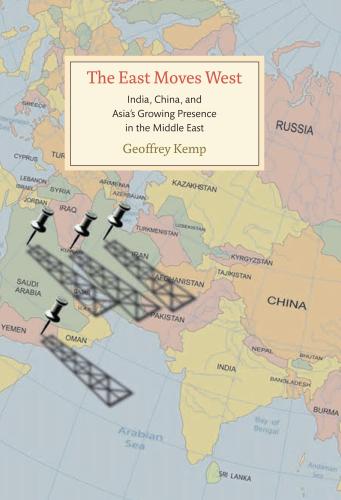
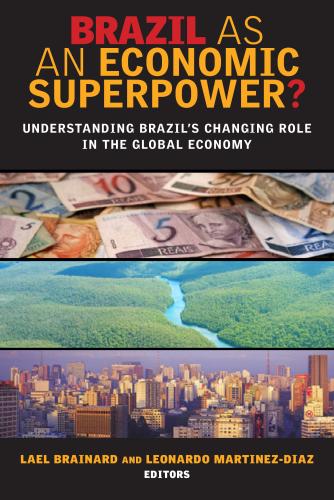





Commentary
What can metro areas do about foreign mergers and acquisitions?
August 11, 2015